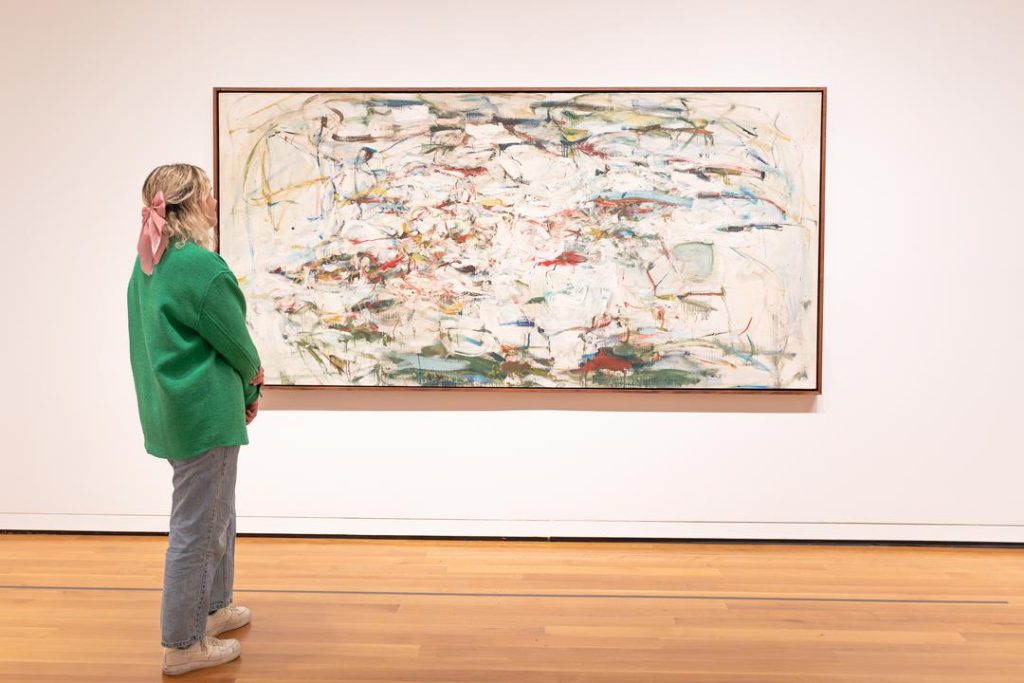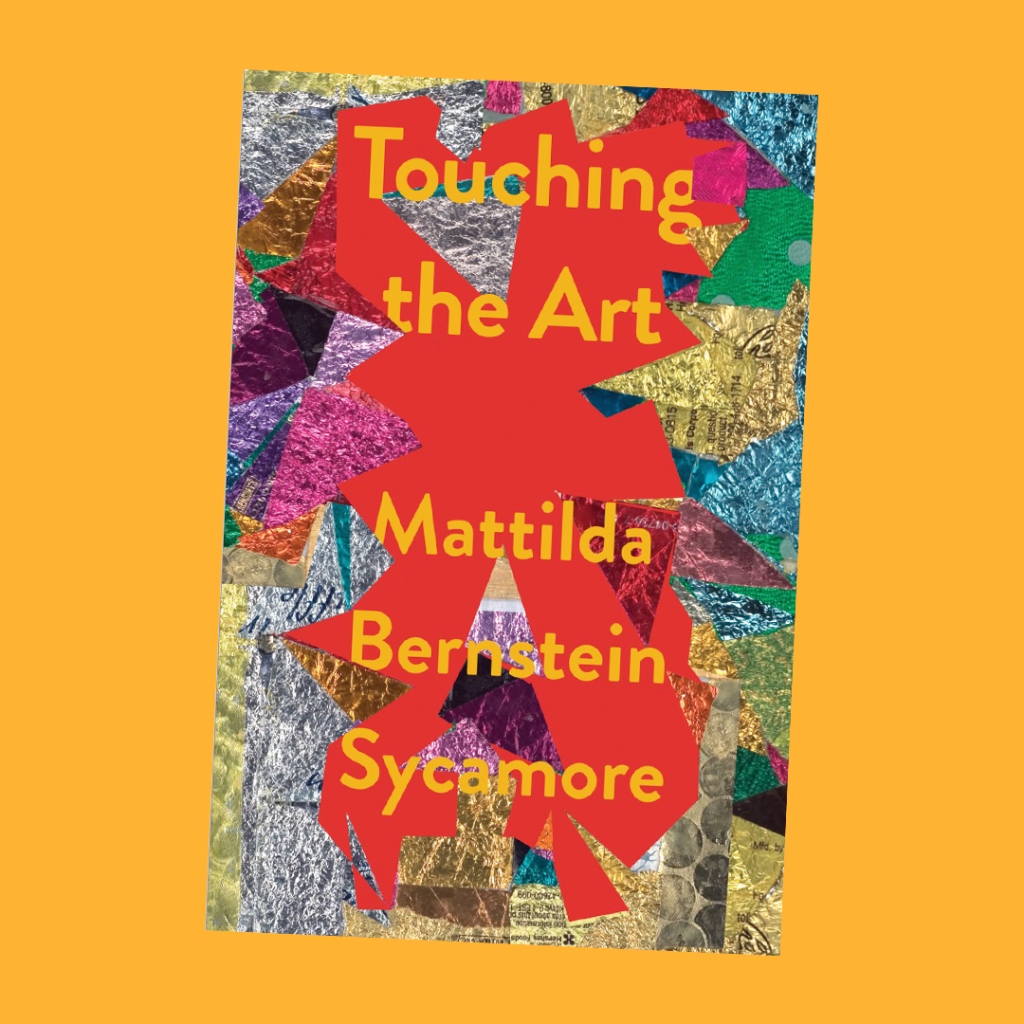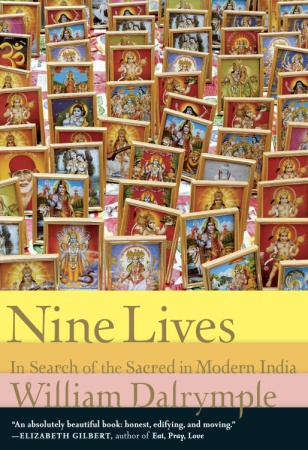Mattilda Bernstein Sycamore on Her New Book, Touching the Art
SAM is thrilled to host the official launch for queer icon and activist Mattilda Bernstein Sycamore’s latest book, Touching the Art. At this free event on Sunday, October 15 in the museum’s Brotman Forum, Sycamore will read from her book, answer audience questions, and sign books. You’ll also be able to purchase your own copy of the book weeks before its official publication date by Soft Skull Press on November 7.
A mixture of memoir, biography, criticism, and social history, Touching the Art is Sycamore’s interrogation of the possibilities of artistic striving, the limits of the middle-class mindset, the legacy of familial abandonment, and what art can and cannot do. Manager of Public Engagement Jesse Jimenez spoke with Sycamore in advance of her appearance at SAM.
JESSE JIMENEZ (JJ): This new book has so many layers. How did you approach weaving together the different themes in this book?
MATTILDA BERNSTEIN SYCAMORE (MBS): Touching the Art centers around my relationship with my late grandmother, Gladys Goldstein, an abstract painter from Baltimore, so I started by literally touching her art, to see what would come through. In this sense I began abstractly, on the terms of the art. But at the same time, what could be more concrete than touch? So it was the felt sense that guided me.
I started with her handmade paperworks, taking them out one at a time and feeling all the layers, looking at them under the light, trying to figure out how she made these complex works that feel so sensual in their shifting geometries, the patterns that emerge and then disappear, the rips in the paper and everything that’s embedded inside, how these works can look so delicate but actually feel so strong, the way touch is always present in handmade paper too.
And then everything that came through—about watching her make the art when I was a child, about going up into her studio where I could imagine a creative life because I was living it. But also about the ruptures in our relationship, the trauma of growing up with my father—who was her son—who sexually abused me. And then I went from touching her art to the letters we wrote to one another, which mark our falling out when I was 19, 20, 21. My work became vulgar to her once it became unapologetically queer. “Why are you wasting your talent,” she would say to me, over and over, and so in the book I circle around this abandonment.
Then I moved to Baltimore for 8 months, to see what would come through there. It’s the surprises that guided me. And then after that I immersed myself in research about the artists of her generation, loosely the women of Abstract Expressionism, and then books about Baltimore, about Jewish assimilation and white flight, redlining and disinvestment. It all comes together through experience, I think. The felt sense of the work, and the felt sense of the world. We’re always told that we cannot touch the art, but what happens when we do?

JJ: I love that Gladys had strong opinions about art and creative practice. What do you think she would say about SAM’s modern and contemporary galleries? Are there any works that you’re particularly drawn to or call into question?
MBS: That’s a great question—Gladys was a loyal abstractionist who had no time for anything she saw as derivative, she always saw herself as a contemporary painter. So she wanted to experience art that was unfamiliar. Except maybe when it came to me.
I know that I’m really drawn to the Joan Mitchell painting that’s on display, The Sink. Every time I go to the museum I visit that painting first. There’s so much motion and emotion, and you can stare at any part and it looks like its own painting. Gladys’s paintings are like that too, not so much in style but in refusing a central form, and I wonder if she would have recognized a kinship. But she was a product of her generation, and she almost never mentioned female artists because only the men were important. There’s some story about how some critic said, “Gladys Goldstein painted like a man,” or something like that, and all of the women of that generation have that story because it meant they mattered.
I know that Gladys must have been aware of Joan Mitchell’s work because Mitchell is interviewed in the same issue of ARTNews where Gladys’s 1957 show in New York was reviewed. And Joan Mitchell is brilliant in that interview, she’s incisive about art and form and context. Wouldn’t Gladys have appreciated that? In Touching the Art, one of the things I wonder about is what the lives of these women artists could have been like if the men didn’t exist at all, or at least if they didn’t have to exist in their shadow.
JJ: The book touches on the effects of gentrification in Baltimore. I’m interested to know if you see any of these same issues reflected in Seattle?
MBS: One thing I noticed when I was in Baltimore was how artists were brandished so blatantly as tools of gentrification in neighborhoods that have been destroyed by decades of disinvestment. This happens everywhere, of course, but it felt more extreme in Baltimore because so much of the city is still in collapse, and in so many Black neighborhoods in particular you can go for block after block and literally half of the buildings have burned down or are boarded up. So the gentrification starts from the top, like the branding of a neighborhood as an Arts District and then boom, the real estate vultures swoop in, but still these are neighborhoods mostly in collapse. It’s a different scale, in terms of the extremity.
In Baltimore there is a kind of desperation to make a neighborhood alive again, and so people are drawn to the lure of any kind of investment. Seattle is so gentrified already, almost across the board. Here we have developers and government partnering to destroy amazing success stories, like Yesler Terrace, the first integrated housing project in the country, where hundreds of multigenerational families were living until it got sold off to the developers—gentrification is always violence, it just takes so many forms.
JJ: Queerness plays a pivotal role in your relationship with Gladys. How does the tension between family and identity inform your creative practice?
MBS: When I was a kid, Gladys nourished everything that made me queer, so a central paradox in the book is why did she reject everything that she had nurtured in me, once I fully came into myself. I saw her as an alternative to the path of upward mobility that everyone else in my family was obsessed with—upward mobility at any cost. Family as a way to camouflage violence. I thought she believed in something else, but I was wrong. She was the one person in my birth family who could have engaged with me as an artist, and she refused to. But still, looking at her art, I feel a sense of spaciousness, joy, an openness to the world. And this is something she gave me.
JJ: I like the deep investment in artistic and personal truth throughout the book. How do you think this book teaches people how to engage with art?
MBS: One place where Gladys and I totally agree is in never telling anyone how to engage with art. It should always be on your own terms, I think. That’s what abstraction can offer us, right, a way into possibility or openness. But in the book I want to look at all the layers beneath this, I want to expose the silences, the silencing. I know I write on my own terms, and I think this is the best way to connect with the world, or I hope so. I want to look at the personal, the intimate, the familial, the historical, the structural, all of this at once. Maybe this is what it means to touch the art.
– Jesse Jimenez (they/them), SAM Manager of Public Engagement
Photos: Courtesy Mattilda Bernstein Sycamore. Installation view of The Sink at the Seattle Art Museum by Jo Cosme.


